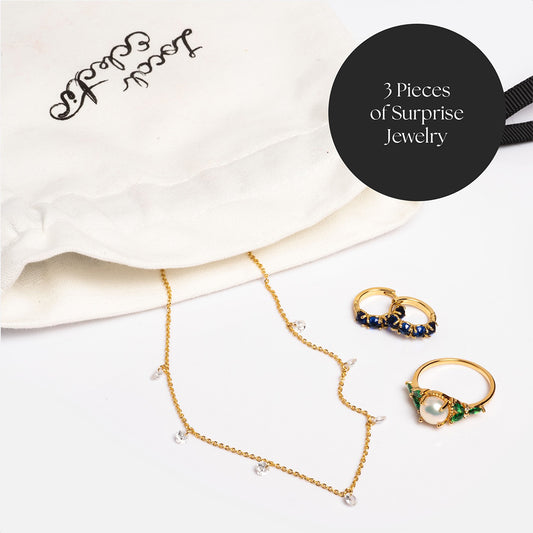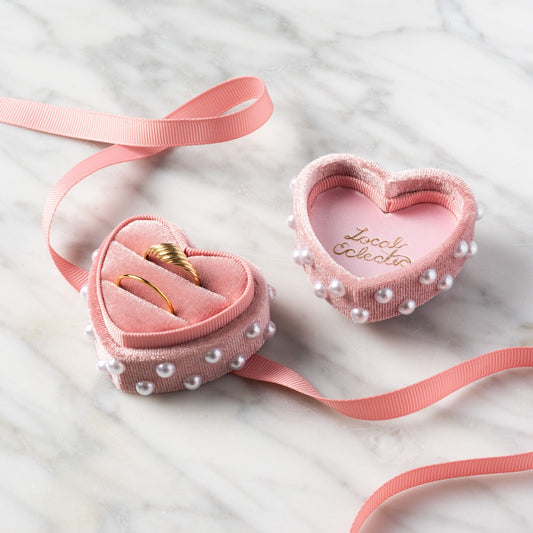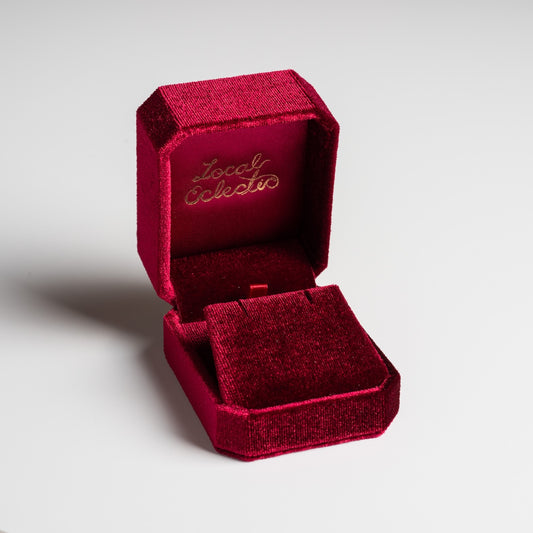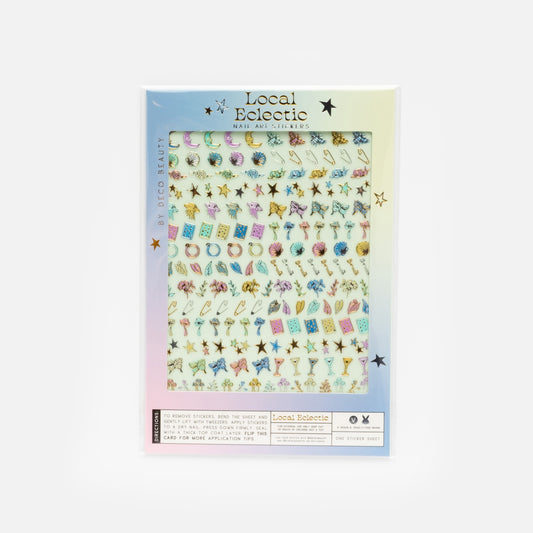
Shop the look: Solid Gold Shimmering White Sapphire Pendant Necklace in White Gold, Solid Gold Flat Heart Pendant Necklace in White Gold, Solid Gold Solo Diamond Necklace in White Gold
Platinum, white gold, and silver: they all look incredibly similar and have very different price tags, so what’s the difference? We’re breaking down the distinctions between these silvery white precious metals, plus which you should choose for your next jewelry purchase.
Platinum
Platinum is one of the most expensive metals on earth, even more expensive than gold and 30 times more rare. It’s used in lots of things from jewelry to car parts, and this naturally occurring silvery white metal existed long before the invention of white gold. Platinum is strong, long lasting, and will not tarnish, but it’s also very expensive, which is why white gold became a popular substitute for fine jewelry and engagement rings with a silvery tone.
White Gold
White gold was invented at the end of the 19th century as a more affordable alternative to platinum, making it relatively new in terms of metals. All solid gold used in jewelry, whether it’s yellow, rose, or white gold, is made by combining pure gold (which is a super soft metal) with other metals called alloys in order to strengthen the gold so that it will maintain its shape with wear. White gold is made up of pure gold, which is yellow in color, combined with silver toned alloy metals like palladium, nickel, and zinc. These alloy metals change the pure yellow gold into a metal with a silvery-white appearance. White gold is then coated with rhodium (a shiny silver toned metal) to give it its lustre and shine. Depending on how often you wear white gold jewelry, it may need to be taken to a jeweler and re-dipped in rhodium to maintain its sheen. You can learn more about white gold here.
Silver
Silver is a naturally occurring metal with a similar appearance to platinum and white gold. Like platinum, silver has been around for ages, but it’s much less rare and therefore much more affordable. Sterling silver, also known as 925 silver, is a popular jewelry material, the 925 representing 92.5% pure silver combined with 7.5% other alloy metals. It is not popular for engagement rings and other everyday jewelry, however, because it tarnishes easily. Moisture will speed up the tarnishing process, so direct contact with water should be avoided, and silver jewelry needs to be cleaned regularly to remove signs of tarnish.
Which should you choose?
- If you want an affordable piece that you won’t wear 24/7, choose silver
- If you want a piece that can be worn everyday at a mid level price point but may require some upkeep from a jeweler, choose white gold
- If you aren’t concerned with the price tag and want a piece that you never have to take off or care for, choose platinum





